The video is an essential, maybe most important, part of your paper. You’ve already done great work getting results for a paper, so finish strong and make a good video. An impactful video is vital for fundraising, hallway chats in conferences, and publicity. Many of these tips I have learned from Rogerio Bonatti when we made videos together on drone filming.
Do’s
- DO show the best result within the first 15 seconds. This result’s impact should be very obvious to other roboticists. Use a few words to highlight key effects, if not obvious.
- DO show full story in first minute (problem, key insight, result)
- DO leave at least 3 seconds per scene. Leave slide on for at least one sec per two words.
- DO make sure each scene is very obvious even without the last slide. We tend to skip around the video, so each scene should be stand-alone. Use a few words to caption, legends and arrows, if necessary.
- DO send to multiple people (other than coauthors) to review. Specifically ask where they got lost.
Don’ts
- DON’T have more than 1 key message per scene. Think about your key message of your scene, and add what is necessary to deliver a message.
- DON’T use too much text. Pictures are worth 1000 words, a video is worth > 10 pictures.
- DON’T use small text. People will likely watch on their phones. Make sure everything is big enough to see on the phone.
- DON’T spend less than 3 iterations to make your video. Videos take time. Allot at least one week to reiterate.
- DON’T add equations / math, unless you have to.
Example Video Template (first minute)
Adapted from my video on Adaptive Tube Library: Youtube Link
-
Title Slide (5s) Title, author name, email address, logos
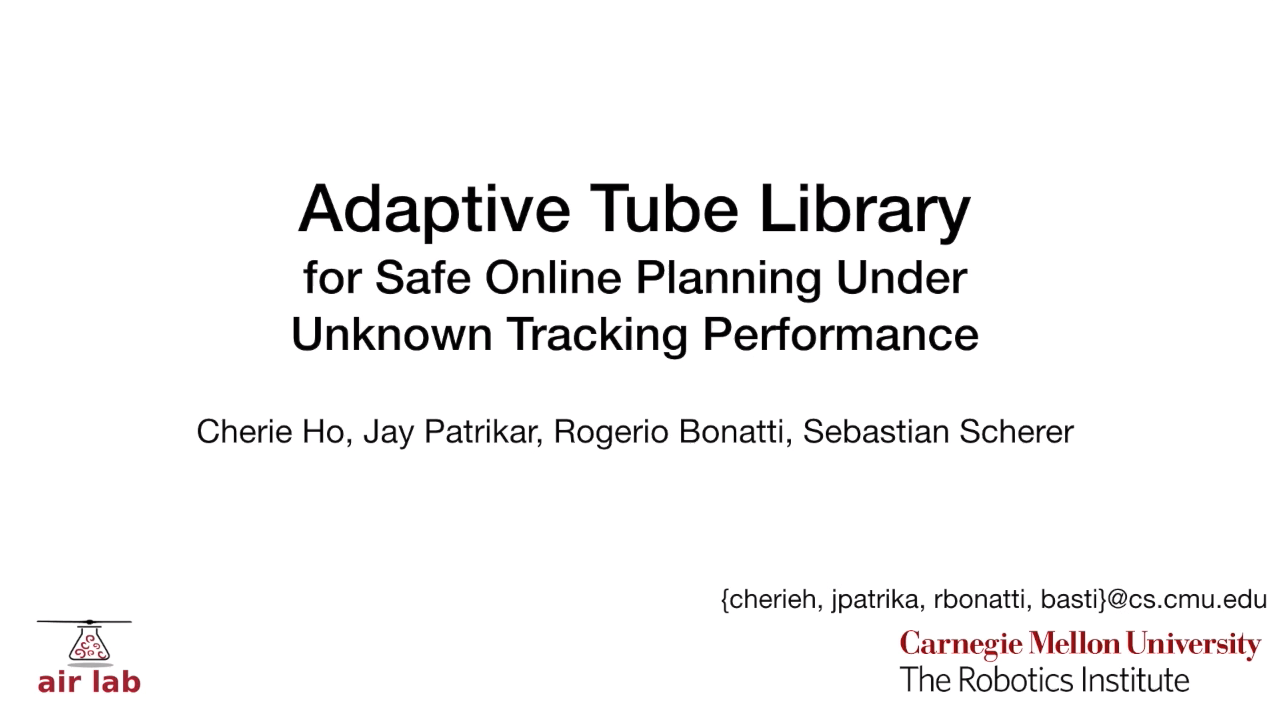
- Key problem / Context (10s, if self-explanatory, skip)
This scene sets up the “so what” of your paper. Why should a reader care about your work? Show, don’t tell! If you can show it visually, rather than just words. This should be understandable by roboticists outside your field.


- Key Result (10s)
Time to show off, use your best result. Make it obvious what your technique enables and how it addresses key problem.

- Key Insight (10s)
Describe visually the key insight you used to get your results. This should be similar to the Fig. 1 in your paper.
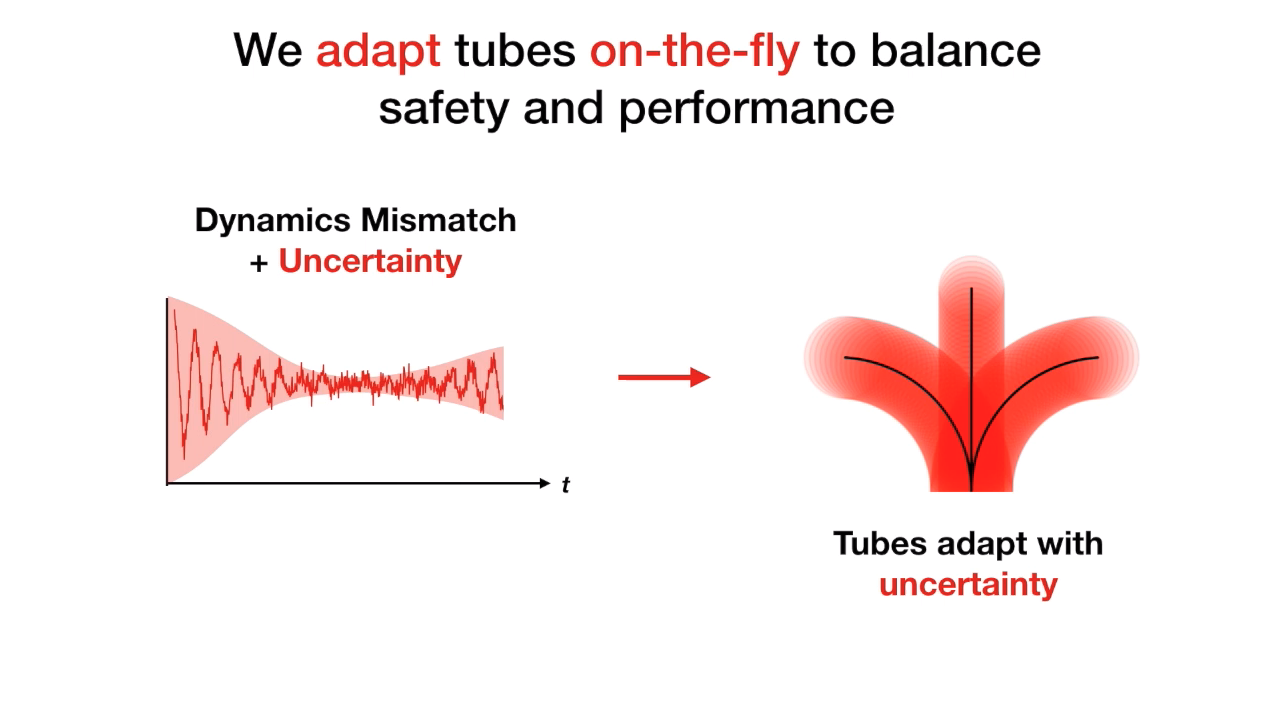
-
Under-the-hood (10s) Give readers a sneak-peek of how it works behind the scene. This could be RVIZ, processed data.
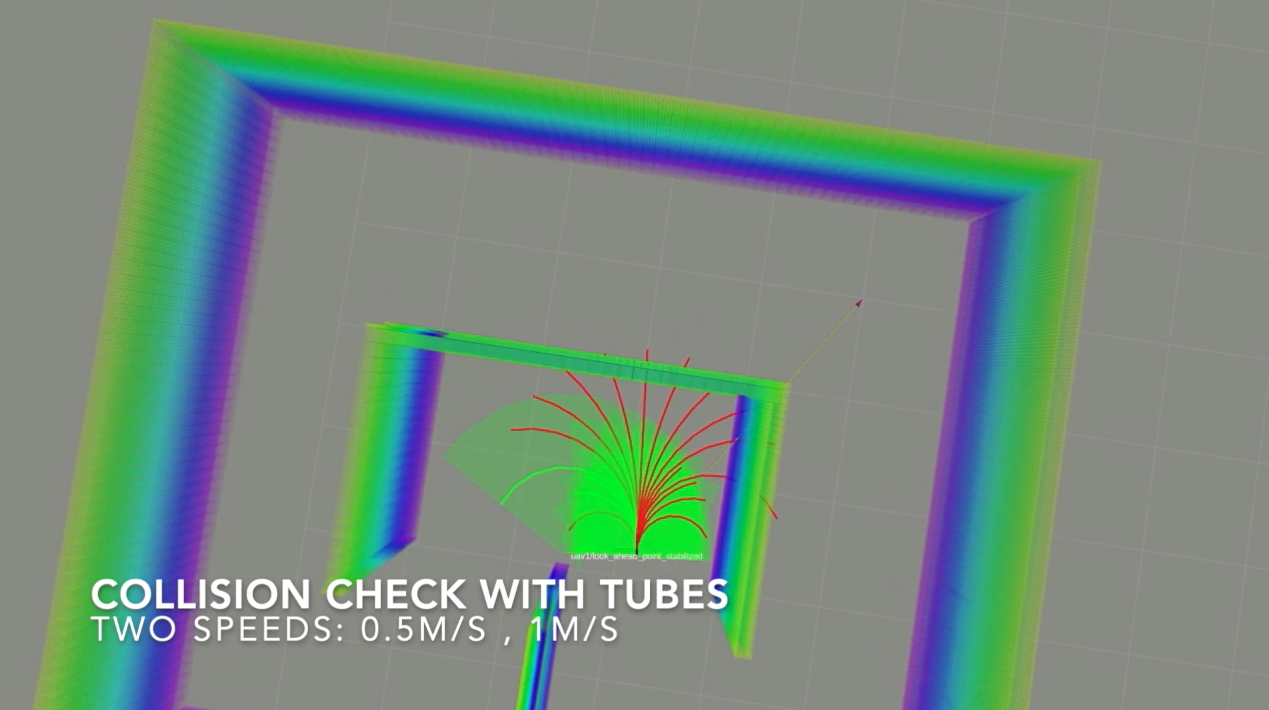
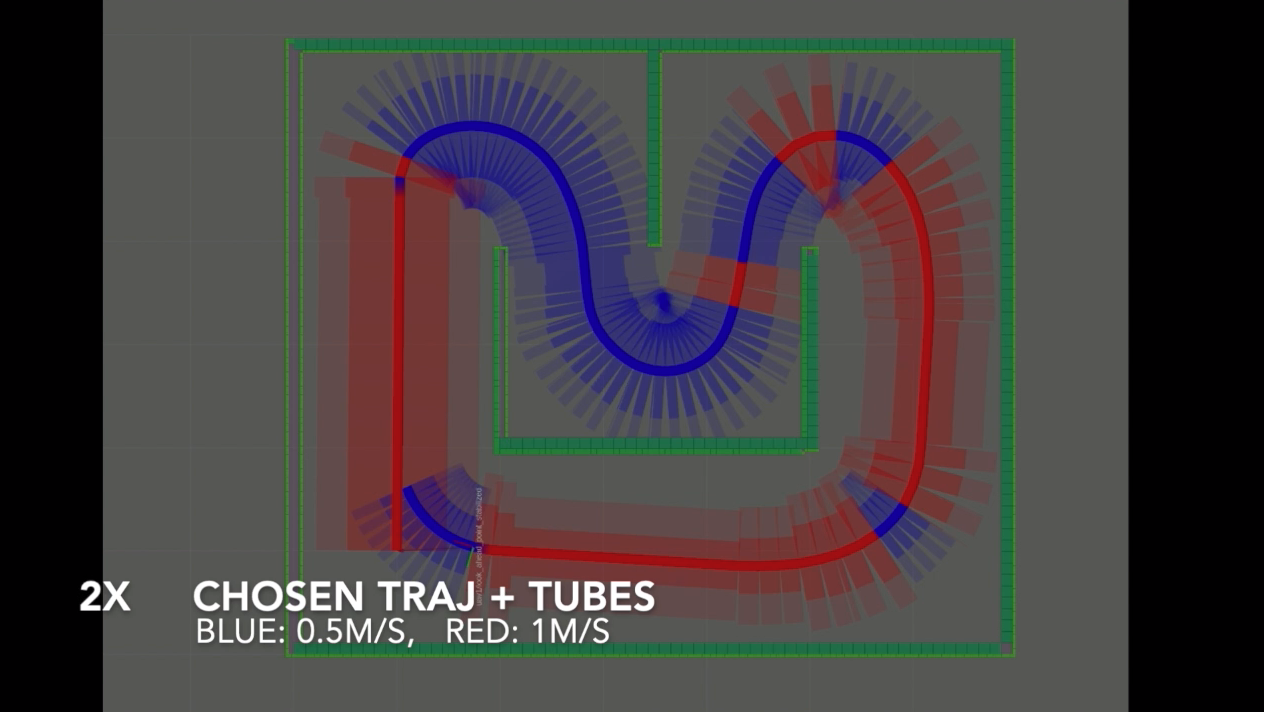
- Extra results (8s)
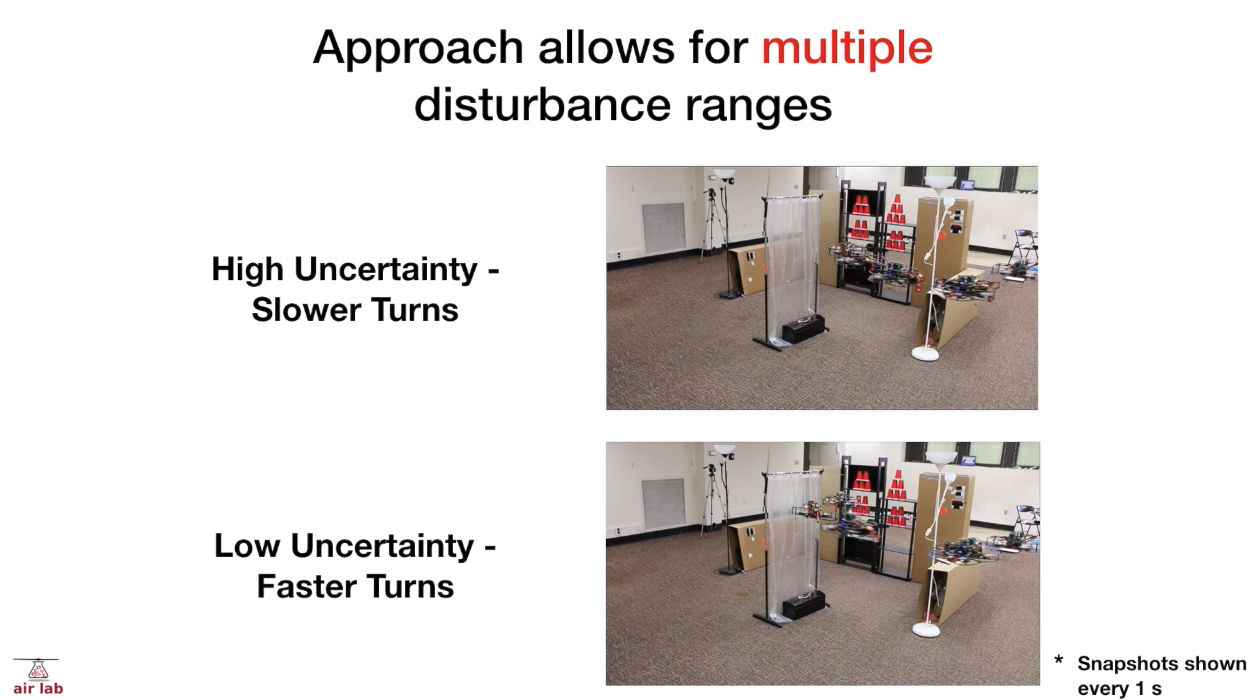
- Last Video (5s) Leave on a high note! Use your second best result, or have a lot of results in parallel to show robustness.

- Title Slide (2s)
